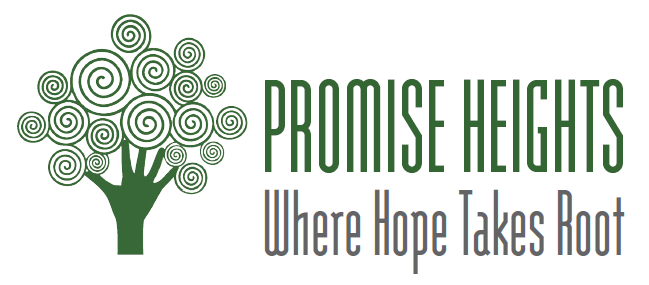Upton/Druid Heights is the first African American community in Baltimore. It was Baltimore’s premier African American community replete with jazz clubs, dance halls, theaters, and other hubs of the African-American community and home to educated, professional property owners, including doctors, lawyers, and retailers. The Baltimore chapter of the NAACP was founded there, which was visited by famous leaders of the national civil rights movement such as Booker T. Washington, W.E.B. DuBois, and Marcus Garvey. This neighborhood was the center of local Civil Rights Movement and was a renowned entertainment district. Churches nurtured many civic institutions such as the YMCA.
The neighborhood includes town houses, lawyers’ and physicians’ offices, fraternal lodges and social clubs, public schools, shops and stores, and a city newspaper, the Afro-American . The oldest and largest African-American churches are active neighbors, including Bethel AME (1780s); Union Baptist (1852); Sharp Street Memorial (moved in 1896); Douglass Memorial Community Church (1925); Providence Baptist (1928); and Pennsylvania Avenue AME Zion (1977).
The implementation of the National Housing Act in Baltimore designated large swaths of land for public housing. This resulted in 29 buildings spread over five blocks including McCulloh Homes, one of the largest public housing projects in Baltimore. Intended to address the problem of crowded homes and poor conditions throughout Upton/Druid Heights, it resulted in rapid in-out mobility for residents. Single parents and the elderly continued to pour into the area and the housing stock was decimated. To rejuvenate the community, residents joined together and the city Department of Housing and Community Development secured Federal approval in the early 1970s to designate 168 single street blocks as the City’s largest Urban Renewal area. Fifty percent of the projected new construction was never completed.
Today the neighborhood is in distress.
- 58% of children live in poverty compared to 28% in Baltimore City and 10% in Maryland overall.
- 53% of households have an income less than $15k compared to 20% for Baltimore City.
- 39% of adults have attained less than a high school diploma compared to 23% in Baltimore City.
- There were 696 child welfare referral and 90 admissions to foster care in 2010.
- Chronic absenteeism rate (≥18 missed days) for high school students is 51.6% compared to 44% for Baltimore City.
- Life expectancy is 62.9 years, compared to 71.8 years for Baltimore City overall and 83.1 years for Roland Park (wealthiest neighborhood in Baltimore).
- The neighborhood has the 2nd highest violent crime rate, the 2nd highest gun-related homicide rate, and the 4th highest overall juvenile arrest rate in the City.
Despite these challenges the neighborhood has many assets including: committed community organizations, strong faith-based organizations, parks and green spaces, schools with new leadership, recreation center, and proximity to UMB/UMB BioPark.
